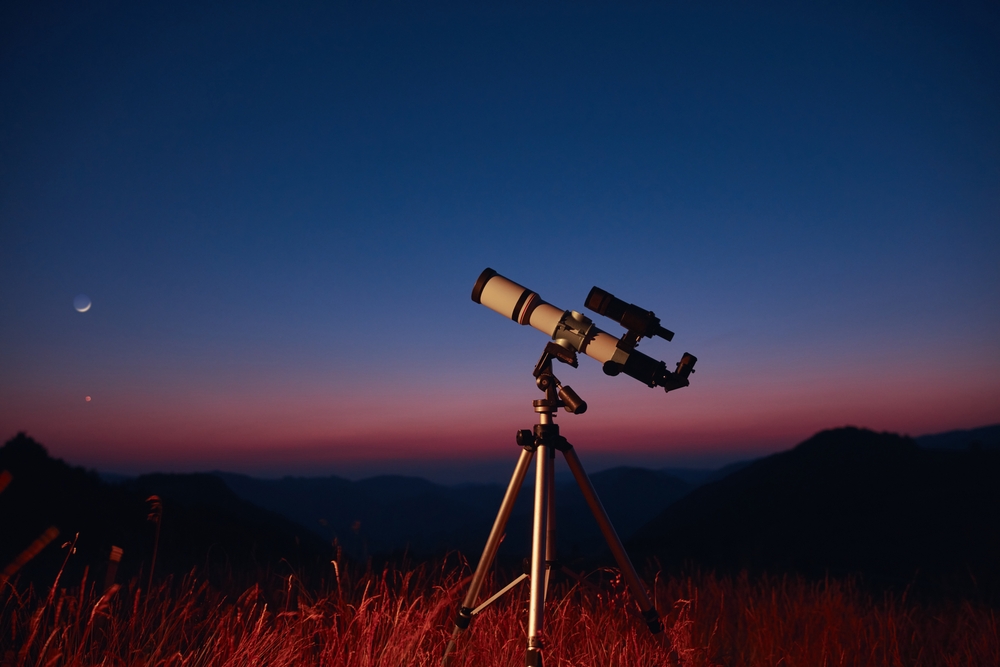Put July 29, 2025 in your calendar. Two meteor showers will peak on the exact same night, creating a spectacular light show. If that wasn’t enough, the Perseids – one of the year’s most prolific meteor showers – will be gracing our skies at the very same time.
The stronger of the two is the Southern delta Aquariids, which have been active since July 18 and will remain active until August 12. These fast-moving chunks of space debris travel at 25 miles/second (40 kilometers/second) and are best seen from the southern tropics.
According to NASA, stargazers in the northern hemisphere can view the Southern delta Aquariids by ”looking halfway between the horizon and the zenith, and 45 degrees from the constellation of Aquarius.” The shower produces, on average, seven to eight meteors per hour, which can be seen hurtling across the sky, appearing from the direction of the constellation Aquarius. However, in the early hours of July 30, stargazers can expect to see between five and ten meteorites (if you are in the Northern Hemisphere) or ten to twenty meteorites (if you are in the Southern Hemisphere) every hour.

Stargazers can spot not one, not two, but three meteor showers in this month’s skies. Two will peak at the same time on July 29-30.
Image Credit: AstroStar/Shutterstock.com
The second, fainter, meteor shower is the Alpha Capricornids, which first returned to the skies on July 12 and will remain visible until August 12. These meteorites travel at a relatively leisurely 14 miles/second (22kilometres/second) and rarely more than five appear in any one hour. However, the shower is notable for its fireballs – aka meteorites that are particularly dazzling and can appear brighter than any single star.
To spot some of these fireballs, the American Meteorological Society recommends waiting until the radiant (near a star called alpha Capricornii) reaches its highest point in the night sky sometime between midnight to 1 o’clock local time, and looking due south.
Thanks to some fortuitous lighting – a shade under a quarter of the waxing crescent moon will be illuminated – the meteorites (or shooting stars) should appear relatively bright on the night of the 29-30 July, when both showers are expected to peak.
The Royal Museums Greenwich offers some tips for skywatching: find a spot in a dark sky area with unobstructed views towards the south and give your eyes time to adapt to the dark. The meteorites are best observed without a pair of binoculars or a telescope, which have a narrow field of view and so reduce your peripheral vision.
Excitingly, the Southern Delta Aquariids and the Alpha Capricornids are not the only meteor showers to appear in the skies on July 29-30. Astronomers will also be able to catch sight of the Perseids, which produce a staggering 50 to 100 meteorites per hour. These are rapidly moving pieces of space rock travelling at speeds of 37 miles/second (59 kilometers/second) and will peak on August 12-13.
Source Link: The Southern Delta Aquariids And Alpha Capricornids Meteor Showers Will Dazzle The Skies Together Soon